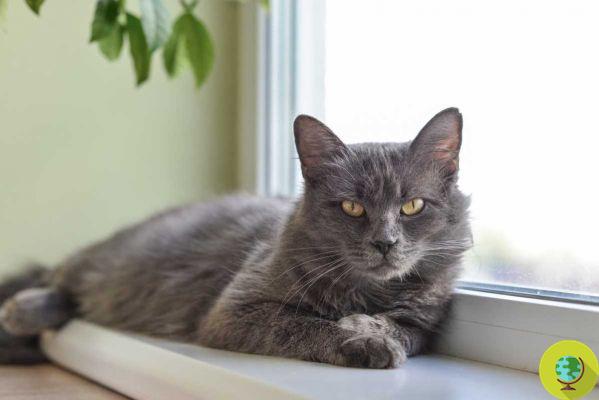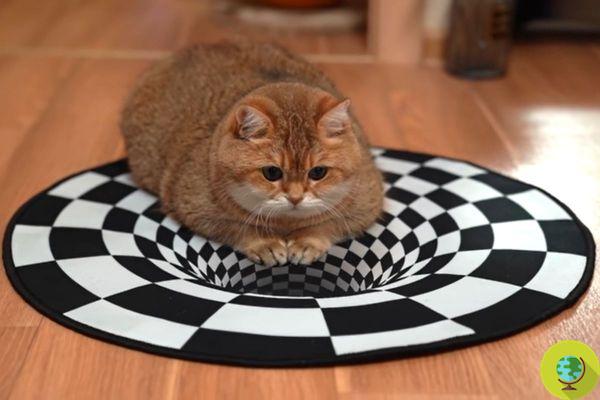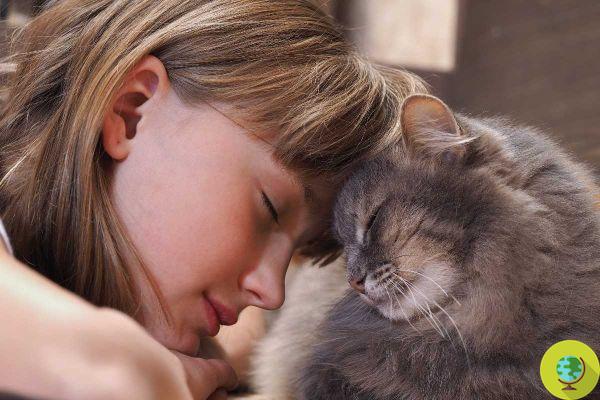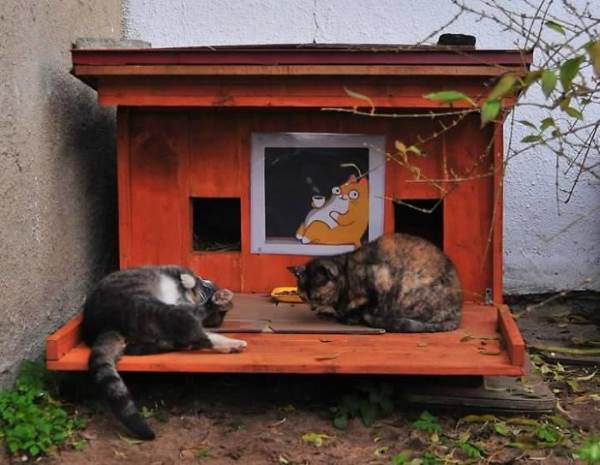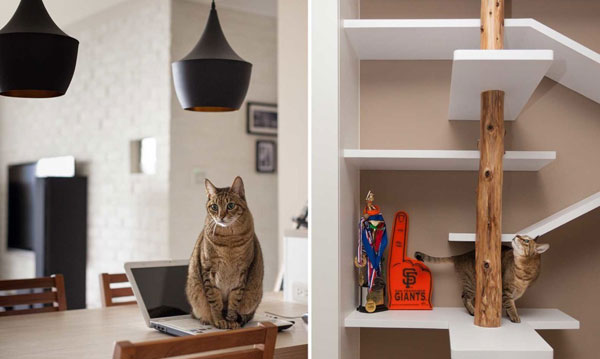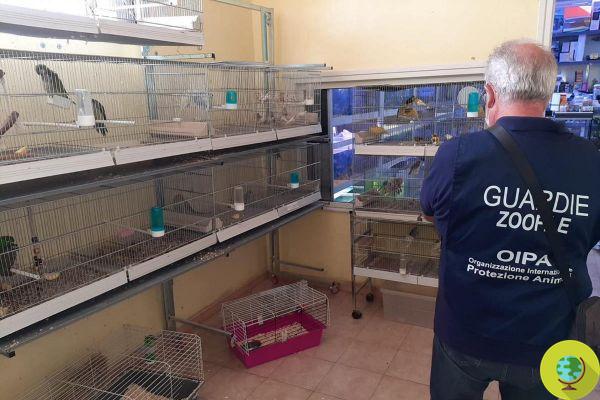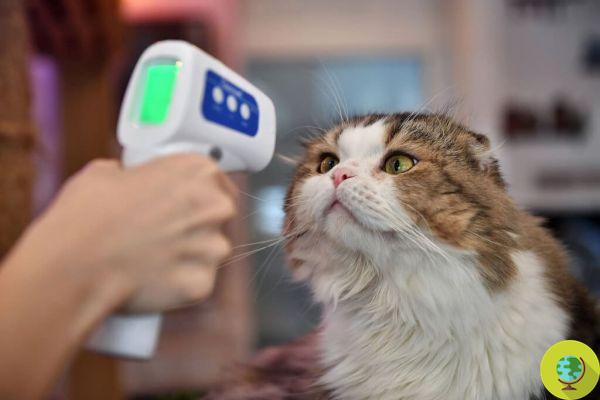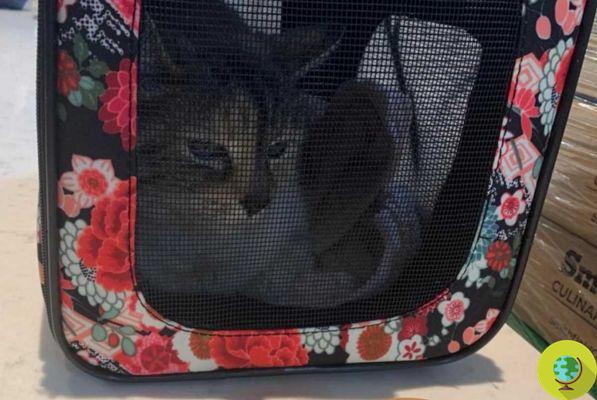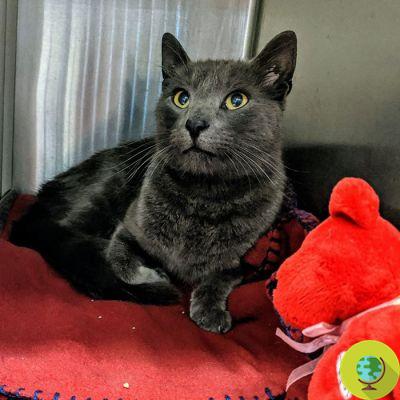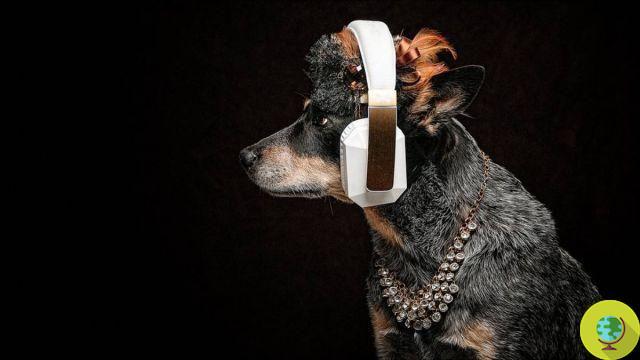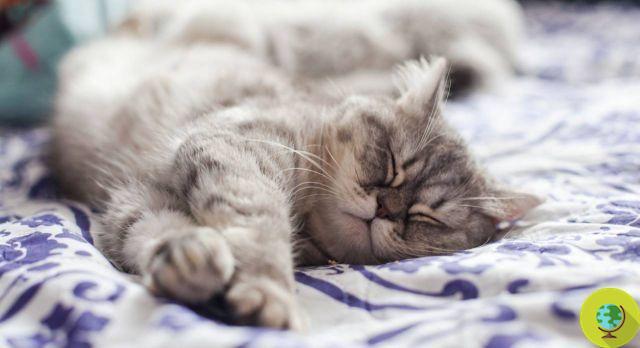
It is not as easy as you think, so the human age of your feline sometimes remains a mystery. Here's how to calculate it
How old is your cat "human"? And when can we consider him an adult?
All owners remember very well the moment they brought home their cat, or a similar one, and estimated an age starting from that day or decided on a flat rate. But when it comes to knowing what human age the cat would have, doubts arise.
This is certainly not the easiest calculation in the world, but compared to dogs, you don't have to take into account elements such as size if you want to find out. So here is everything there is to know and how to know it. (Read also: How many "human" years is your cat? We explain the lifespan of your feline)
Index
Why it is important to know the age of the cat
Veterinarians consider cats up to 14 years old as felines, older after 15 years. Knowing the age of your cat is essential and not just to know how long our four-legged friend will live.
Age is essential to know how to best take care of it, guaranteeing the animal everything it needs both in terms of care and nutrition. The diet of our cat must vary according to the age and its needs. Many older cats need special kibble such as hypoallergenic, for digestive problems, kidney or other diseases that could arise even with age, as well as due to other factors.
In addition to a specific diet, regular checks by the vet are necessary because cats are still long-lived animals. The average life span of a cat is around 15 years, but just think that the cat that lived the longest of all according to the Guinness Book of World Records was 38 years old.
How to calculate the age of a cat in human years
For cats there is a formula that could be considered universal as it is quite standard. To use it correctly you need to make one distinction between the first year of life of the feline, the second and then all subsequent years.
- first year of life: the first 12 months of a cat's life correspond to 15 human years in which our kitten is actually a teenager.
- second year of life: from the first to the second year 15 human years must be added to the previous 9 for a total of 24 years.
- from the second year of life onwards: just add 4 years for each year completed by the cat.
A 5-year-old cat will therefore have a human age of 36
View this post on Instagram
A post shared by Purrfect Pitters (@purrfectpitters)
How the cat ages
Considering what is reported in the previous paragraph in terms of human age, cats tend to age very quickly in the first two years of life and more slowly in the following years. This is explained by the physical and behavioral changes that occur in that precise period of time in the cat and which correspond to the stages of human development, albeit broadly.
Unlike dogs, in cats, breed and height have no bearing on longevity. One might think that, as with dogs, even smaller sized cats would tend to live longer, but this is not the case. Although each case is different from the other, the size does not affect the feline world.
Of course it should be emphasized that the longevity of a house cat is not at all the same as that of one that lives free on the street, even if there are some points on which experts have doubts.
Domestic cats, living in a closed and somewhat limited environment, are not prone to infectious diseases that could compromise their lifespan. On the other hand, however, if they do not come into contact with external environmental stimuli, the risks given by the contraction of some diseases would be greater for them. For cats that live free in nature, the opposite is true: they are stronger because they can benefit from the environment that surrounds them, but they are exposed to bad weather, as well as greater dangers.
What are the signs of aging in cats
As for dogs, also for cats there are indicators in their appearance that allow us to hypothesize their age and are very useful when adopting an already adult cat to be able to take care of it at best. As a rule, it is always best to observe your cat and call your vet if you notice any changes in the pet's body or behavior as these could be serious warning signs. To define an "elderly" cat, just look at:
- teeth: in addition to having lost some, an adult specimen has yellowish teeth with spots and accumulation of tartar.
- by the: the coat is usually thick and rough and not as soft as when it was a puppy.
- eyes: the gaze becomes more and more veiled with age and can lead the cat to disorientation as well as bumping into some objects. The eyes may water and have secretions which, if abundant, should be checked by a veterinarian.
- motor activity: the elderly cat becomes more and more calm, but also sedentary and lazy due to some age-related problems such as arthritis. If the movement is slowly put aside, the cat can meow more and exhibit anxious behavior.
Fonte: AAFP – AAHA
Follow your Telegram | Instagram | Facebook | TikTok | Youtube
We also recommend:
- The Inner Life of Cats: What Our Feline Friends Really Think
- Are there any harmful substances in cat litter? The best brands in the German test
- How to help street cats survive the cold and frost of winter







